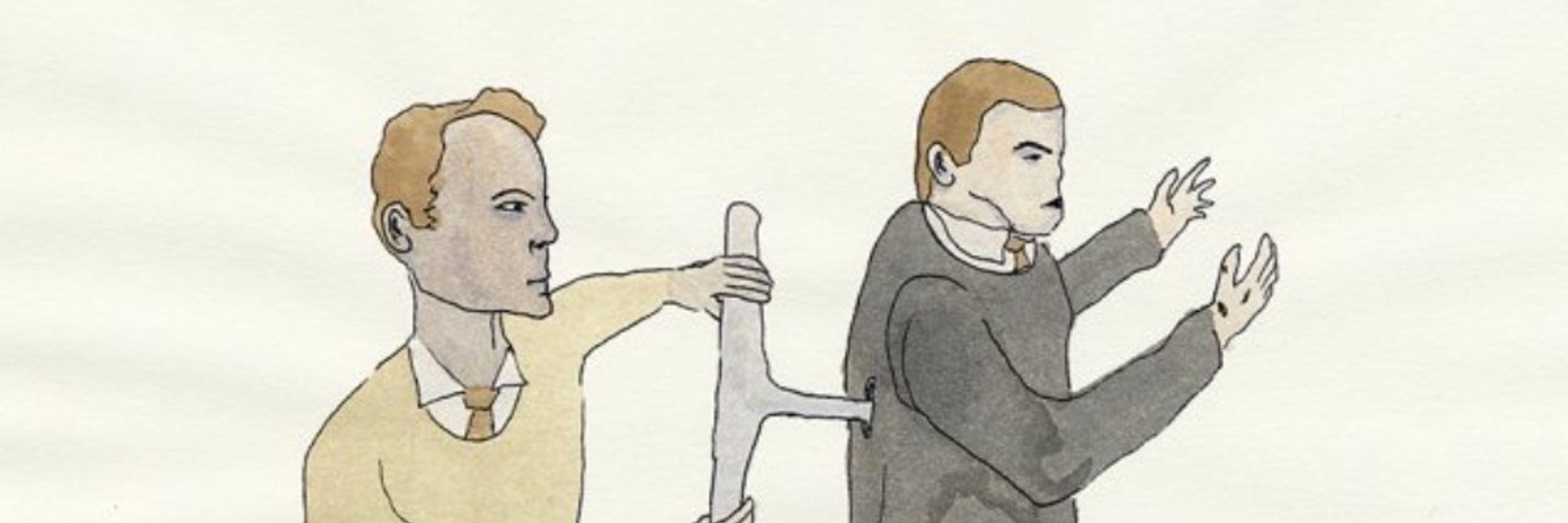
www.gusevlab.org
A thread... 🧵
www.medrxiv.org/content/10.1...

A thread... 🧵
www.medrxiv.org/content/10.1...
When genetic analyses are shown to be environmentally confounded the lesson is, uh, look, they just estimate different parameters okay!
When genetic analyses are shown to be environmentally confounded the lesson is, uh, look, they just estimate different parameters okay!

I am excited to announce that our new study explaining the missing heritability of many phenotypes using WGS data from ~347,000 UK Biobank participants has just been published in @Nature.
Our manuscript is here: www.nature.com/articles/s41....

www.biorxiv.org/content/10.1...

www.biorxiv.org/content/10.1...
🗓️ Wed Oct 15 11:15AM

🗓️ Wed Oct 15 11:15AM


Populations differ in traits/disease burden. Are these differences due to genetics?
Comparing single variants or polygenic scores between populations is biased due to environmental confounders correlated with the variants.
1/3
www.medrxiv.org/content/10.1...

Populations differ in traits/disease burden. Are these differences due to genetics?
Comparing single variants or polygenic scores between populations is biased due to environmental confounders correlated with the variants.
1/3
www.medrxiv.org/content/10.1...

Populations differ in traits/disease burden. Are these differences due to genetics?
Comparing single variants or polygenic scores between populations is biased due to environmental confounders correlated with the variants.
1/3
www.medrxiv.org/content/10.1...
academic.oup.com/genetics/adv...
We tackle a thorny issue arising in statistical tests for genetic interactions (epistasis) using ancestral recombination graphs (ARGs)... 🧵

academic.oup.com/genetics/adv...
We tackle a thorny issue arising in statistical tests for genetic interactions (epistasis) using ancestral recombination graphs (ARGs)... 🧵
I am attempting an explainer thread for the first time here:
(I am usually too exhausted to post one)

I am attempting an explainer thread for the first time here:
(I am usually too exhausted to post one)



🔗 at the end
'Beneath the surface of the sum'
Genetic interactions may look like the thing they deviate from
Interaction (1964) by Julian Stanczak

🔗 at the end
'Beneath the surface of the sum'
Genetic interactions may look like the thing they deviate from
Interaction (1964) by Julian Stanczak










